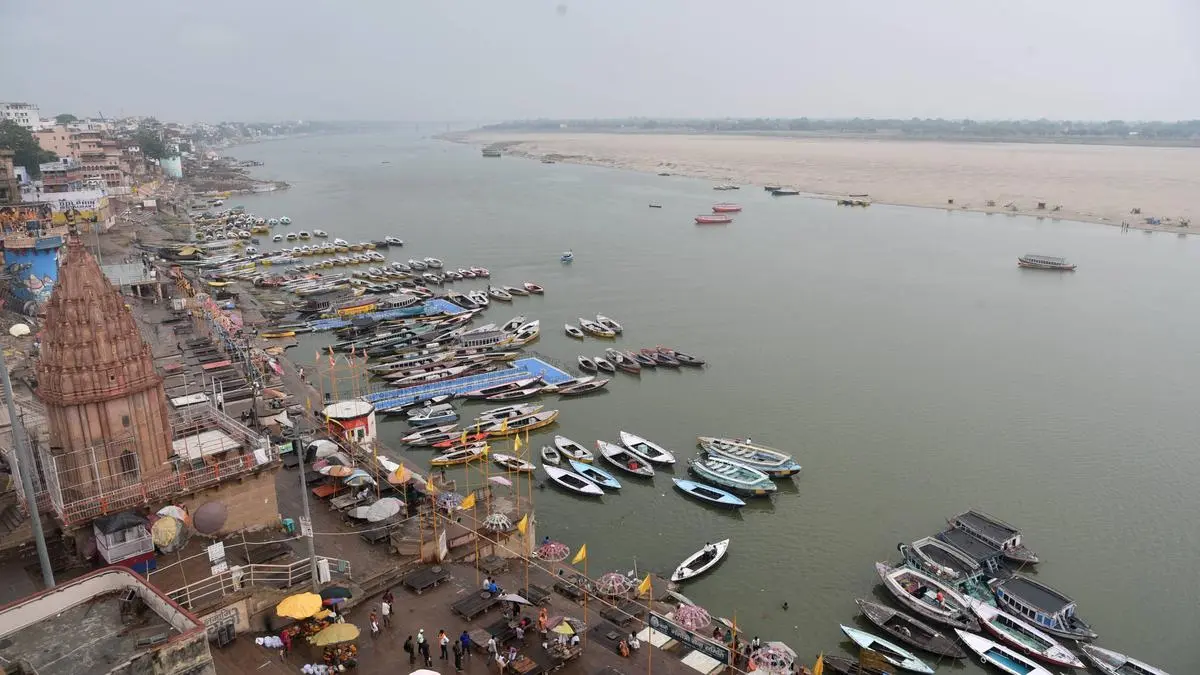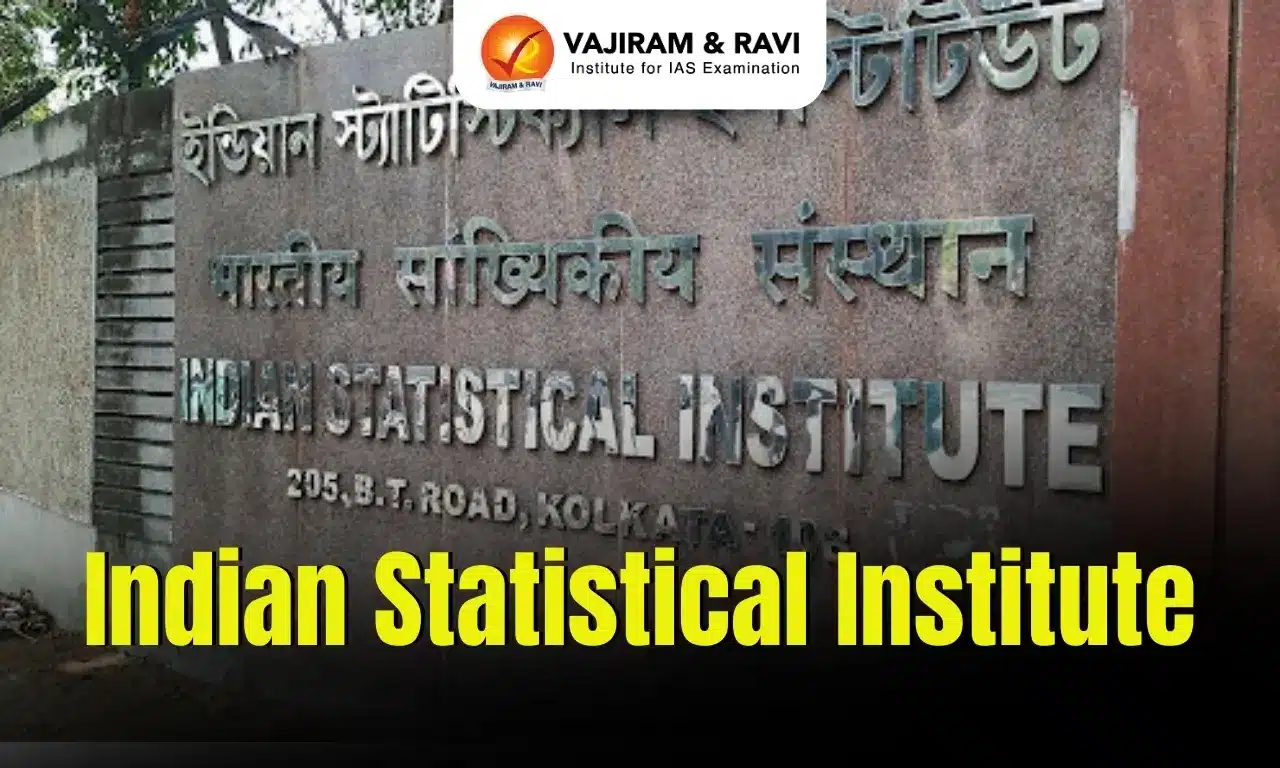What’s in today’s article?
- Why in News?
- What is the Background in which the E-flows Monitoring System Launched?
- What is the E-flows Monitoring System?
- What is the Significance of the E-flows Monitoring System?
- About Namami Gange Programme
Why in News?
- The Union Jal Shakti Ministry launched an e-flow ecological monitoring system that allows real-time planning and monitoring of projects, river water quality, and other key parameters.
What is the Background in which the E-flows Monitoring System Launched?
- The Government of India mandated in 2018 minimum E-flow for various stretches of the Ganga River to be maintained year-round.
- Following this, the National Mission for Clean Ganga (NMCG), an arm of the Jal Shakti Ministry, laid down the flow specifications essential for –
- Preserving the river’s ecological balance, safeguarding aquatic life, and
- Ensuring sustainability amidst diverse water usage demands.
- From the upper Ganga Basin to its confluences and beyond, stringent measures are in place to ensure compliance with E-flow norms, benefiting both existing and future projects.
- With monitoring and regulatory mechanisms, Ganga’s ecological resilience is being safeguarded for generations to come.
What is the E-flows Monitoring System?
- It has been developed by the NMCG and allows real-time analysis of the water quality of the Ganga, Yamuna, and their tributaries.
- It also allows monitoring of the Namami Gange programme activities at the central level, including –
- Monitoring the performance of Sewage Treatment Plants (STPs), and
- Ensuring that they operate at their rated capacity.
- The Namami Gange programme is a flagship programme of the Ministry that involved cleaning the Ganga and now includes its tributaries.
What is the Significance of the E-flows Monitoring System?
- The E-flow Monitoring System marks a significant step towards ensuring the continuous and sustainable flow of the Ganga River.
- The system will track key parameters such as in-flow, out-flow, and mandated E-flow across 11 projects along the Ganga Mainstream.
About Namami Gange Programme:
- It is an integrated conservation mission, approved as ‘Flagship Programme’ by the Union Government in 2014 with budget outlay of Rs.20,000 Crores.
- It is administered by the Ministry of Jal Shakti‘s Department of Water Resources, River Development and Ganga Rejuvenation, to accomplish the twin objectives of –
- Effective abatement of pollution,
- Conservation and rejuvenation of National River Ganga.
- The program would be implemented by the National Mission for Clean Ganga (NMCG), and its state counterpart organisations i.e., State Program Management Groups (SPMGs).
- NMCG is the implementation wing of National Ganga Council (NGC), which replaced the National Ganga River Basin Authority.
- NGC was created in 2016 under the River Ganga (Rejuvenation, Protection and Management) Authorities Order, 2016, and is headed by the PM.
- In order to implement the programme, a three-tier mechanism has been proposed for project monitoring comprising of:
- A high-level task force chaired by Cabinet Secretary assisted by NMCG at the national level,
- State level committee chaired by Chief Secretary assisted by SPMG at the state level and
- District level committee chaired by the District Magistrate.
- Its implementation has been divided into –
- Entry-Level Activities (for immediate visible impact),
- Medium-Term Activities (to be implemented within 5 years of time frame) and
- Long-Term Activities (to be implemented within 10 years).
Q.1. What is the National Ganga Council (NGC)?
NGC was established in 2016 under the Environment (Protection) Act 1986. It is headed by the PM of India and is responsible for controlling pollution and revitalising the Ganga River Basin.
Q.2. What is Aviral?
Aviral – Reducing Plastic Waste in the Ganga is a project powered by the Alliance to End Plastic Waste (Alliance) and implemented by the German development agency GIZ with the objective to reduce plastic waste entering the environment.
Source: Jal Shakti Ministry launches portal to ecologically monitor the Ganga | PIB
Last updated on November, 2025
→ Check out the latest UPSC Syllabus 2026 here.
→ Join Vajiram & Ravi’s Interview Guidance Programme for expert help to crack your final UPSC stage.
→ UPSC Mains Result 2025 is now out.
→ UPSC Notification 2026 is scheduled to be released on January 14, 2026.
→ UPSC Calendar 2026 is released on 15th May, 2025.
→ The UPSC Vacancy 2025 were released 1129, out of which 979 were for UPSC CSE and remaining 150 are for UPSC IFoS.
→ UPSC Prelims 2026 will be conducted on 24th May, 2026 & UPSC Mains 2026 will be conducted on 21st August 2026.
→ The UPSC Selection Process is of 3 stages-Prelims, Mains and Interview.
→ UPSC Result 2024 is released with latest UPSC Marksheet 2024. Check Now!
→ UPSC Prelims Result 2025 is out now for the CSE held on 25 May 2025.
→ UPSC Toppers List 2024 is released now. Shakti Dubey is UPSC AIR 1 2024 Topper.
→ UPSC Prelims Question Paper 2025 and Unofficial Prelims Answer Key 2025 are available now.
→ UPSC Mains Question Paper 2025 is out for Essay, GS 1, 2, 3 & GS 4.
→ UPSC Mains Indian Language Question Paper 2025 is now out.
→ UPSC Mains Optional Question Paper 2025 is now out.
→ Also check Best IAS Coaching in Delhi

















